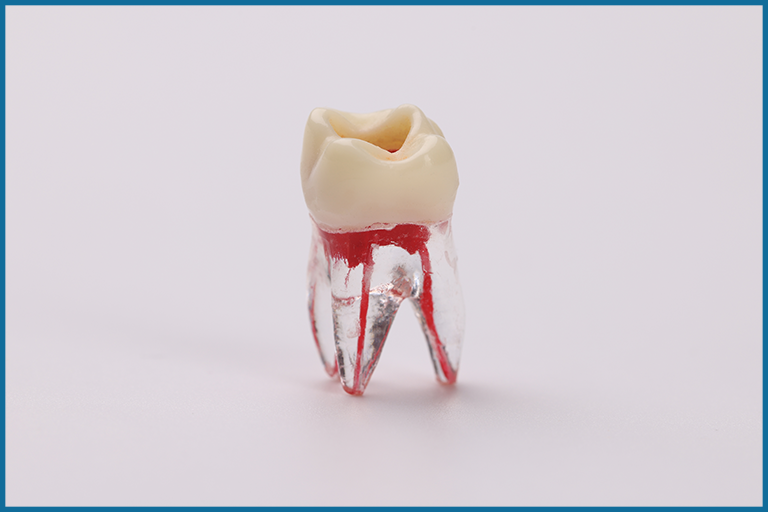
- Home
- About
- Our Team
- Services
- Postoperative Care
- Smile Gallery
- Medical Tourism
- Blog
- Offers
- Contact Us
- Home
- About
- Our Team
- Services
- Postoperative Care
- Smile Gallery
- Medical Tourism
- Blog
- Offers
- Contact Us

Root amputation, also referred to as root resection, is a dental procedure that is used to preserve the unaffected or healthy roots of molar teeth or multi-rooted teeth. The molars in the upper jaw normally have three roots while molars in the lower jaw have two roots.
Once the affected tooth is removed in this specialized periodontal procedure, the remaining tooth is then stabilized and made fully functional with the help of a restoration or crown.
Planning of dental bridges or dental implants as replacements are expensive and time taking procedures at the same time. Root amputation followed by the required crown or a restorative process, is less expensive.
The main reason for root amputation is to save the natural tooth from extraction as no replacement can be as good and functional as the natural tooth itself.
Why Root Amputation?
Root amputations are not recommended for teeth that are extensively decayed or fractured. This procedure is ideal for teeth with a healthy crown portion, supported by the strong bone and surrounded by healthy gums.
Conditions where root amputation is indicated:
● Teeth with fractured or broken roots
● Bacterial invasion of roots
● Extensive bone loss in a localized area is due to periodontal infection (an infection involving the surrounding and supporting structures of teeth).
● Localized and concentrated tooth decay
Root Amputation Procedure:
Before the procedure of root amputation, root canal treatment should be done. Root amputation involves invasion into deep blood vessels and nerves of the root and hence a prior root canal is mandatory. The complete process is done under local anesthesia.
The procedure begins with a small incision in the gums to get full exposure to the roots of the affected teeth. Following the incision, the affected portion is sectioned and separated from the remaining healthy portion of the tooth.
The area is irrigated with saline solution to remove the remaining bacterial load. The exposure is then incised with sutures and a seal is made, bringing back the gums to their normal position.
After sutures are placed a temporary crown or restoration is given. Depending on the severity of the infections medications are prescribed (mainly antibiotics and painkillers.)
The stitches can be removed in a week and also the permanent restoration can be made in two weeks, once the healing is complete.
The patients are advised to do salt water rinses or mouthwash can be prescribed after 24 hours of the procedure. This measure aids in healing and also reduces the chances of infection of the operated site inside the mouth.
This specialized procedure is usually performed by periodontists.

Advantages of Root Amputation
● Cost-effectiveness: when compared to implants and fixed prostheses followed by extractions of natural teeth, root amputation is less expensive.
● Preserved Natural Tooth: Root amputation removes the need for extraction of teeth and as recommended by many dental practitioners no replacement is better than the natural teeth themselves.
● No need for General Anesthesia: This procedure can be easily performed under local anesthesia and there is no need for special general anesthesia settings.
